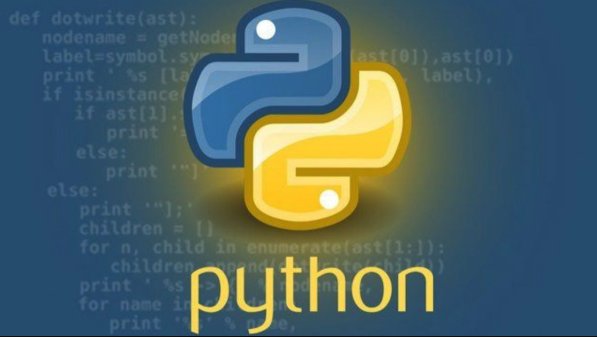在Python中构建缓存
从现在开始,努力学习吧!本文《在Python中构建缓存》主要讲解了等等相关知识点,我会在golang学习网中持续更新相关的系列文章,欢迎大家关注并积极留言建议。下面就先一起来看一下本篇正文内容吧,希望能帮到你!
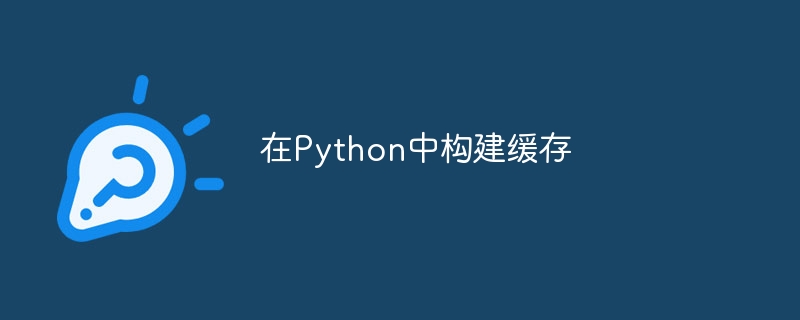
缓存。有用的东西。如果您不熟悉它,这是一种将数据保存在内存(或磁盘)中以便快速检索的方法。考虑查询数据库以获取某些信息。我们可以只执行一次并将结果保存在缓存中,而不是每次应用程序请求数据时都执行此操作。对数据的后续调用将从缓存中返回副本,而不是进行数据库查询。理论上,这可以提高应用程序的性能。
让我们构建一个简单的缓存以在 python 程序中使用。
缓存api
我将首先创建一个名为 simplecache 的新模块,并在其中定义一个 cache 类。我还不会实现任何东西,我只是想定义我的缓存将使用的 api。
class cache:
""" a simple caching class that works with an in-memory or file based
cache. """
def __init__(self, filename=none):
""" construct a new in-memory or file based cache."""
pass
def update(self, key, item, ttl=60):
""" add or update an item in the cache using the supplied key. optional
ttl specifies how many seconds the item will live in the cache for. """
pass
def get(self, key):
""" get an item from the cache using the specified key. """
pass
def remove(self, key):
""" remove an item from the cache using the specified key. """
pass
def purge(self, all=false):
""" remove expired items from the cache, or all items if flag is set. """
pass
def close(self):
""" close the underlying connection used by the cache. """
pass
到目前为止一切顺利。我们可以通过 __init__ 方法告诉缓存创建一个新的内存中或基于文件的缓存。我们可以使用 update 将项目添加到缓存中 - 如果该项目已存在,则会覆盖该项目。我们可以使用 key get 来获取一个项目。最后,我们可以通过 key remove 删除项目,或者使用 purge 清空过期项目的缓存(可以选择允许清除所有项目)。
在哪里缓存数据?
那么这个类要在哪里缓存数据呢? sqlite 附带 python 标准库,非常适合此类事情。事实上,sqlite 的建议用例之一就是缓存。它允许我们创建内存中或基于文件的 sql 数据库,这也是我们的用例所涵盖的。让我们设计一个可以保存缓存数据的 sql 表。
create table 'cache' (
'key' text not null unique,
'item' blob not null,
'createdon' text not null,
'timetolive' text not null,
primary key("key"))
);
为了解决这个问题,我们有一个名为 cache 的表,它有四个字段。 key 是一个字符串,将充当表上的唯一主键。接下来我们的 item 字段是二进制数据的 blob - 我在这里想,我们将序列化添加到缓存的对象,然后再将它们保存到数据库中。最后两个字段用于确定缓存中项目的生命周期 - createdon 是添加项目时的时间戳,timetolive 是我们需要保留该项目的时间长度。
构建缓存
让我们首先将 sqlite 库导入到我们的模块中。
import sqlite3
然后我们需要将注意力转向 __init__ 方法。我们有两种情况需要支持:一种是给定文件名,另一种是没有。
def __init__(self, filename=none):
""" construct a new in-memory or file based cache."""
if filename is none:
self._connection = sqlite3.connect(":memory:")
else:
self._connection = sqlite3.connect(filename)
self._create_schema()
我们可以打开一个连接并在班级的整个生命周期中保留它。因此,在调用内部方法 _create_schema 之前,我们设置 self._connection 属性来保存连接实例(稍后会详细介绍)。
引导架构
如果我们使用内存数据库,那么我们的模式还不存在。然而,对于基于文件的数据库,情况可能并非如此。这可能是已经使用我们的架构设置的现有文件。让我们看看处理这个过程的代码。
def _create_schema(self):
table_name = "cache"
cursor = self._connection.cursor()
result = cursor.execute(
"select name from sqlite_master where type = 'table' and name = ?",
(table_name,))
cache_exists = result.fetchone() is not none
if cache_exists:
return
sql = """
create table 'cache' (
'key' text not null unique,
'item' blob not null,
'createdon' text not null,
'timetolive' text not null,
primary key('key'))
"""
cursor.execute(sql)
cursor.close()
首先我们定义表名并打开游标来执行一些数据库操作。接下来我们检查主表中是否存在我们的表。如果存在,我们退出该方法,否则我们执行 create table... 语句以在数据库中构建我们的表。
我们现在可以使用内存数据库或基于文件的数据库实例化我们的 cache 类来缓存对象。
添加到缓存
现在让我们将注意力转向向缓存添加项目。回想一下我们 api 中的 update 方法将对此负责。如果缓存中已存在某个键,我们将用提供的任何内容替换其条目。
def update(self, key, item, ttl=60):
""" add or update an item in the cache using the supplied key. optional
ttl specifies how many seconds the item will live in the cache for. """
sql = "select key from 'cache' where key = ?"
cursor = self._connection.cursor()
result = cursor.execute(sql, (key,))
row = result.fetchone()
if row is not none:
sql = "delete from 'cache' where key = ?"
cursor.execute(sql, (key,))
connection.commit()
sql = "insert into 'cache' values(?, ?, datetime(), ?)"
pickled_item = pickle.dumps(item)
cursor.execute(sql, (key, pickled_item, ttl))
self._connection.commit()
cursor.close()
首先我们获得内存数据库连接。然后我们测试缓存中是否存在提供的键值。如果存在,则将其从缓存中删除。接下来,我们对提供的项目值进行 pickle,将其转换为二进制 blob。然后我们将密钥、选取的项目和 ttl 插入缓存中。
从缓存中获取数据
我们从缓存中获取项目的行为大多是直接的。我们查找具有指定键的条目并取消关联的项目。当 ttl 值过期时,此过程会变得复杂。也就是说,创建日期加上 ttl 小于当前时间。如果是这种情况,则该项目已过期,应从缓存中删除。
这种方法存在一个哲学问题。有一种思想认为方法应该返回一个值(读取)或执行数据突变(写入)。在这里,我们可能同时做这两件事。我们故意引入一个副作用(删除过期的项目)。我认为在这种情况下这是可以的,但其他程序员可能会反对。
def get(self, key):
""" get an item from the cache using the specified key. """
sql = "select item, createdon, timetolive from 'cache' where key = ?"
cursor = self._connection.cursor()
result = cursor.execute(sql, (key,))
row = result.fetchone()
if row is none:
return
item = pickle.loads(row[0])
expiry_date = datetime.datetime.fromisoformat(row[1]) + datetime.timedelta(seconds=int(row[2]))
now = datetime.datetime.now()
if expiry_date <= now:
sql = "delete from 'cache' where key = ?"
cursor.execute(sql, (key,))
self._connection.commit()
item = none
cursor.close()
return item
删除并清除缓存中的项目
删除项目很简单 - 事实上我们已经在其他两种方法中完成了(两次)。这是重构的理想选择(我们稍后会讨论)。现在,我们将直接实现该方法。
def remove(self, key):
""" remove an item from the cache using the specified key. """
sql = "delete from 'cache' where key = ?"
cursor = self._connection.cursor()
cursor.execute(sql, (key,))
self._connection.commit()
cursor.close()
清除物品有点复杂。我们支持两种场景 - 清除所有项目和仅清除过期项目。让我们看看如何实现这一目标。
def purge(self, all=false):
""" remove expired items from the cache, or all items if flag is set. """
cursor = self._connection.cursor()
if all:
sql = "delete from 'cache'"
cursor.execute(sql)
self._connection.commit()
else:
sql = "select key, createdon, timetolive from 'cache'"
for row in cursor.execute(sql):
expiry_date = datetime.datetime.fromisoformat(row[1]) + datetime.timedelta(seconds=int(row[2]))
now = datetime.datetime.now()
if expiry_date <= now:
sql = "delete from 'cache' where key = ?"
cursor.execute(sql, (key,))
self._connection.commit()
cursor.close()
删除所有内容非常简单。我们只需运行 sql 来删除缓存表中的所有内容。对于仅过期的项目,我们需要循环遍历每一行,计算过期日期,并确定是否应将其删除。同样,后一段代码已从我们的其他方法之一中重复(在本例中为 get )。另一个重构候选者。
重构
我们有一个有效的缓存实现,满足我们原始的 api 规范。然而,有一些重复的代码,我们可以将其分解到他们自己的方法中。让我们从 get、update、remove 和 purge 方法中存在的删除逻辑开始。这些实例都可以通过调用以下新方法来替换。
def _remove_item(self, key, cursor):
sql = "delete from 'cache' where key = ?"
cursor.execute(sql, (key,))
cursor.connection.commit()
我们可以看到这对我们的代码有很大的影响。其他四种方法现在正在调用一个通用的 _remove_item 方法。接下来我们看一下过期日期检查代码。
def _item_has_expired(self, created, ttl):
expiry_date = datetime.datetime.fromisoformat(created) + datetime.timedelta(seconds=int(ttl))
now = datetime.datetime.now()
return expiry_date <= now
def get(self, key):
""" get an item from the cache using the specified key. """
sql = "select item, createdon, timetolive from 'cache' where key = ?"
cursor = self._connection.cursor()
result = cursor.execute(sql, (key,))
row = result.fetchone()
if row is none:
return
item = pickle.loads(row[0])
if self._item_has_expired(row[1], row[2]):
self._remove_item(key, cursor)
item = none
cursor.close()
return item
def purge(self, all=false):
""" remove expired items from the cache, or all items if flag is set. """
cursor = self._connection.cursor()
with self.__class__.lock:
if all:
sql = "delete from 'cache'"
cursor.execute(sql)
self._connection.commit()
else:
sql = "select key, createdon, timetolive from 'cache'"
for row in cursor.execute(sql):
if self._item_has_expired(row[1], row[2]):
self._remove_item(row[0], cursor)
cursor.close()
太棒了。我们还减少了两个地方的代码重复。
带锁的线程安全
我们快完成了。为了使其成为一个健壮的类,我们需要确保线程安全。缓存通常可以作为应用程序中的单例实例出现,因此线程安全非常重要。我们将通过在破坏性缓存操作周围使用锁来实现这一点。这就是我们整个班级添加锁定后的样子。请注意添加和删除操作周围的 with 块。即使出现问题,这些也能确保锁被释放。
#! /usr/bin/env python3
import datetime
import pickle
import sqlite3
import threading
class cache:
""" a simple caching class that works with an in-memory or file based
cache. """
_lock = threading.lock()
def __init__(self, filename=none):
""" construct a new in-memory or file based cache."""
if filename is none:
self._connection = sqlite3.connect(":memory:")
else:
self._connection = sqlite3.connect(filename)
self._create_schema()
def _create_schema(self):
table_name = "cache"
cursor = self._connection.cursor()
result = cursor.execute(
"select name from sqlite_master where type = 'table' and name = ?",
(table_name,))
cache_exists = result.fetchone() is not none
if cache_exists:
return
sql = """
create table 'cache' (
'key' text not null unique,
'item' blob not null,
'createdon' text not null,
'timetolive' text not null,
primary key('key'))
"""
cursor.execute(sql)
cursor.close()
def update(self, key, item, ttl=60):
""" add or update an item in the cache using the supplied key. optional
ttl specifies how many seconds the item will live in the cache for. """
sql = "select key from 'cache' where key = ?"
cursor = self._connection.cursor()
result = cursor.execute(sql, (key,))
row = result.fetchone()
with self.__class__._lock:
if row is not none:
self._remove_item(key, cursor)
sql = "insert into 'cache' values(?, ?, datetime(), ?)"
pickled_item = pickle.dumps(item)
cursor.execute(sql, (key, pickled_item, ttl))
self._connection.commit()
cursor.close()
def _remove_item(self, key, cursor):
sql = "delete from 'cache' where key = ?"
cursor.execute(sql, (key,))
cursor.connection.commit()
def get(self, key):
""" get an item from the cache using the specified key. """
sql = "select item, createdon, timetolive from 'cache' where key = ?"
cursor = self._connection.cursor()
result = cursor.execute(sql, (key,))
row = result.fetchone()
if row is none:
return
item = pickle.loads(row[0])
if self._item_has_expired(row[1], row[2]):
with self.__class__._lock:
self._remove_item(key, cursor)
item = none
cursor.close()
return item
def _item_has_expired(self, created, ttl):
expiry_date = datetime.datetime.fromisoformat(created) + datetime.timedelta(seconds=int(ttl))
now = datetime.datetime.now()
return expiry_date <= now
def remove(self, key):
""" remove an item from the cache using the specified key. """
cursor = self._connection.cursor()
with self.__class__._lock:
self._remove_item(key, cursor)
cursor.close()
def purge(self, all=false):
""" remove expired items from the cache, or all items if flag is set. """
cursor = self._connection.cursor()
with self.__class__._lock:
if all:
sql = "delete from 'cache'"
cursor.execute(sql)
self._connection.commit()
else:
sql = "select key, createdon, timetolive from 'cache'"
for row in cursor.execute(sql):
if self._item_has_expired(row[1], row[2]):
with self.__class__._lock:
self._remove_item(row[0], cursor)
cursor.close()
def close(self):
""" close the underlying connection used by the cache. """
self._connection.close()
测试缓存
是时候测试我们的缓存了。我们可以通过如下方式启动交互式会话来做到这一点。
python -i simplecache.py
现在我们可以新建一个内存缓存并测试我们的方法。
>>> c = Cache()
>>> c.update("key", "some value")
>>> c.update("key2", [1, 2, 3], 300)
>>> c.get("key")
'some vlaue'
>>> c.remove("key")
>>> c.purge()
>>> c.get("key2")
[1, 2, 3]
>>> c.purge(True)
>>> c.get("key2")
>>> c.close()
>>>
供读者练习
为 cache 类编写一套单元测试。测试有多容易?您需要进行任何更改以适应测试吗?
让生活的时间成为一个滑动窗口而不是固定的时间。也就是说,每当从缓存中检索到某个项目时,其生存时间值就会重新开始。
添加将缓存内容写入屏幕的方法。
以上就是《在Python中构建缓存》的详细内容,更多关于的资料请关注golang学习网公众号!
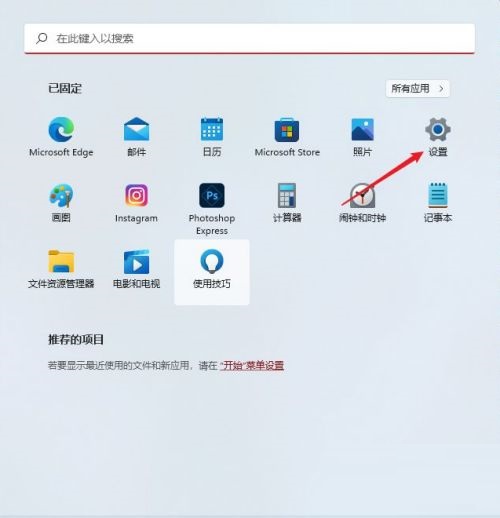 win11怎么修改字体 win11修改字体方法
win11怎么修改字体 win11修改字体方法
- 上一篇
- win11怎么修改字体 win11修改字体方法
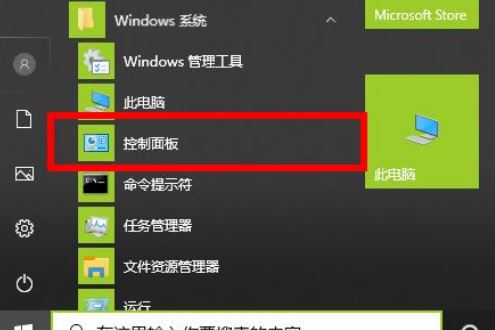
- 下一篇
- Win10网络适配器怎么选择
-
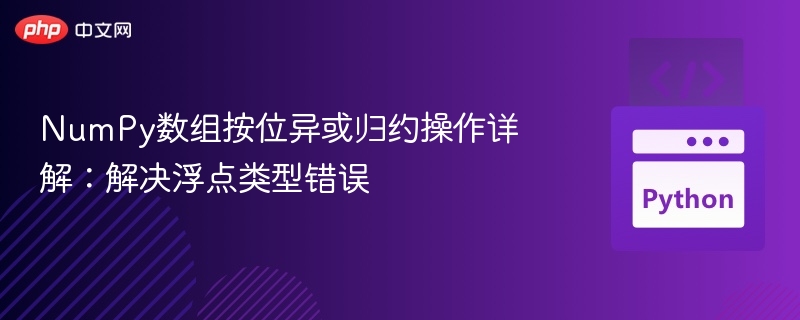
- 文章 · python教程 | 4小时前 |
- NumPy位异或归约操作全解析
- 259浏览 收藏
-
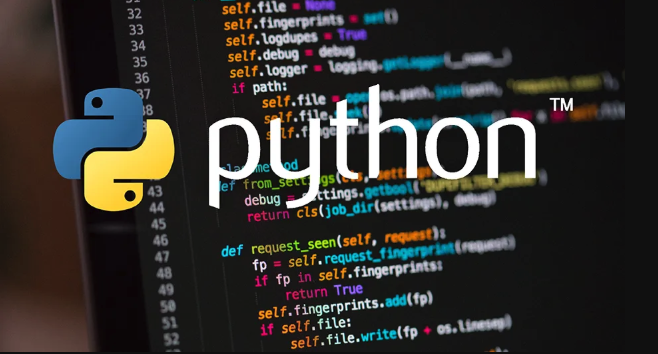
- 文章 · python教程 | 5小时前 |
- Python遍历读取所有文件技巧
- 327浏览 收藏
-
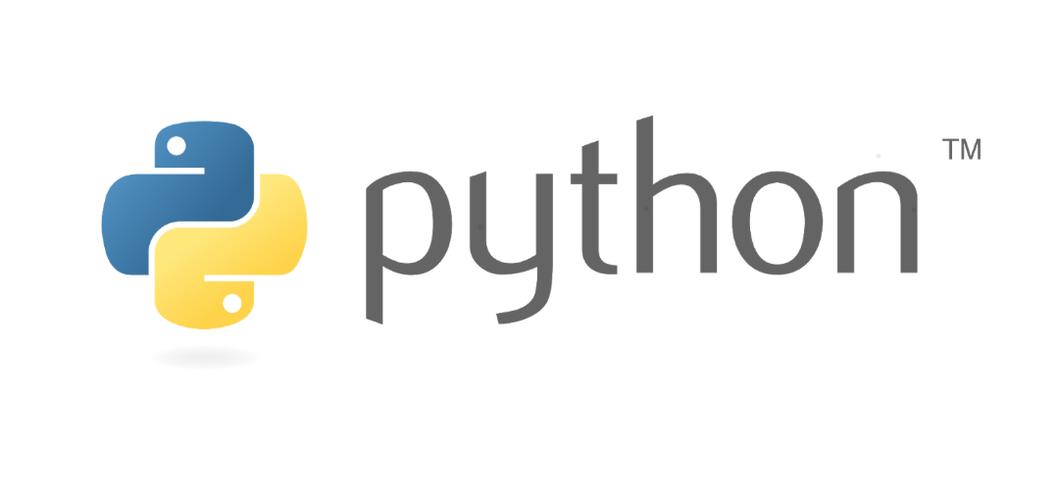
- 文章 · python教程 | 5小时前 |
- Python中index的作用及使用方法
- 358浏览 收藏
-
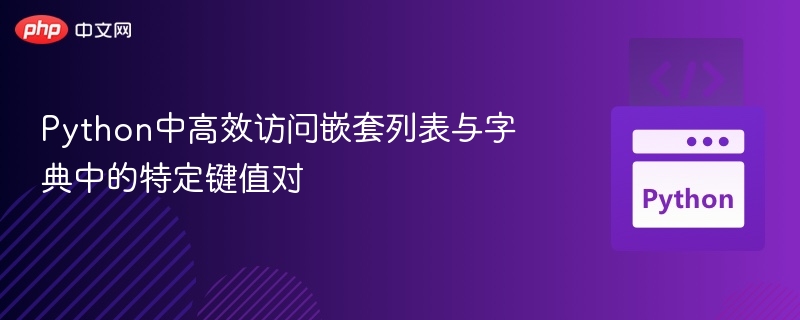
- 文章 · python教程 | 5小时前 |
- Python快速访问嵌套字典键值对
- 340浏览 收藏
-

- 文章 · python教程 | 6小时前 |
- Python中ch代表字符的用法解析
- 365浏览 收藏
-
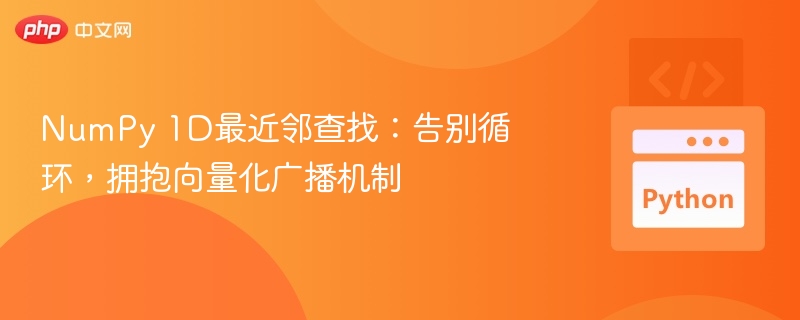
- 文章 · python教程 | 6小时前 |
- NumPy1D近邻查找:向量化优化技巧
- 391浏览 收藏
-

- 文章 · python教程 | 6小时前 | 正则表达式 字符串操作 re模块 Python文本处理 文本清洗
- Python正则表达式实战教程详解
- 392浏览 收藏
-
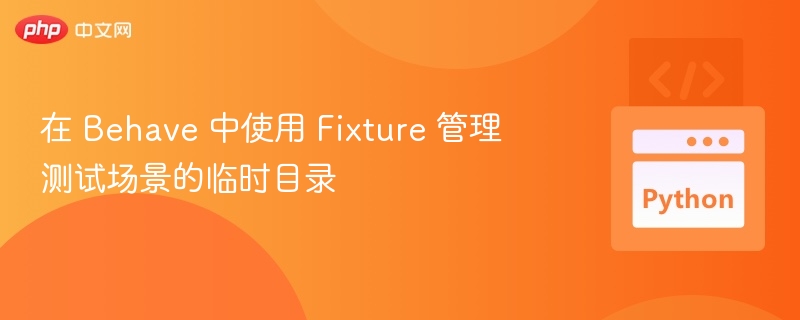
- 文章 · python教程 | 6小时前 |
- BehaveFixture临时目录管理技巧
- 105浏览 收藏
-
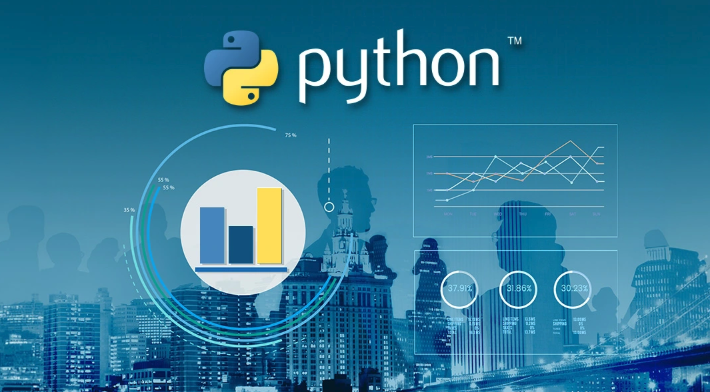
- 文章 · python教程 | 7小时前 | Python 余数 元组 divmod()函数 商
- divmod函数详解与使用技巧
- 442浏览 收藏
-
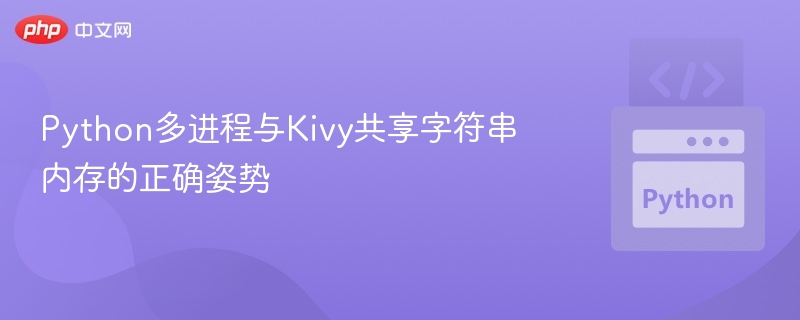
- 文章 · python教程 | 8小时前 |
- Python多进程共享字符串内存技巧
- 291浏览 收藏
-

- 前端进阶之JavaScript设计模式
- 设计模式是开发人员在软件开发过程中面临一般问题时的解决方案,代表了最佳的实践。本课程的主打内容包括JS常见设计模式以及具体应用场景,打造一站式知识长龙服务,适合有JS基础的同学学习。
- 543次学习
-

- GO语言核心编程课程
- 本课程采用真实案例,全面具体可落地,从理论到实践,一步一步将GO核心编程技术、编程思想、底层实现融会贯通,使学习者贴近时代脉搏,做IT互联网时代的弄潮儿。
- 516次学习
-

- 简单聊聊mysql8与网络通信
- 如有问题加微信:Le-studyg;在课程中,我们将首先介绍MySQL8的新特性,包括性能优化、安全增强、新数据类型等,帮助学生快速熟悉MySQL8的最新功能。接着,我们将深入解析MySQL的网络通信机制,包括协议、连接管理、数据传输等,让
- 500次学习
-

- JavaScript正则表达式基础与实战
- 在任何一门编程语言中,正则表达式,都是一项重要的知识,它提供了高效的字符串匹配与捕获机制,可以极大的简化程序设计。
- 487次学习
-

- 从零制作响应式网站—Grid布局
- 本系列教程将展示从零制作一个假想的网络科技公司官网,分为导航,轮播,关于我们,成功案例,服务流程,团队介绍,数据部分,公司动态,底部信息等内容区块。网站整体采用CSSGrid布局,支持响应式,有流畅过渡和展现动画。
- 485次学习
-

- ChatExcel酷表
- ChatExcel酷表是由北京大学团队打造的Excel聊天机器人,用自然语言操控表格,简化数据处理,告别繁琐操作,提升工作效率!适用于学生、上班族及政府人员。
- 3204次使用
-

- Any绘本
- 探索Any绘本(anypicturebook.com/zh),一款开源免费的AI绘本创作工具,基于Google Gemini与Flux AI模型,让您轻松创作个性化绘本。适用于家庭、教育、创作等多种场景,零门槛,高自由度,技术透明,本地可控。
- 3417次使用
-

- 可赞AI
- 可赞AI,AI驱动的办公可视化智能工具,助您轻松实现文本与可视化元素高效转化。无论是智能文档生成、多格式文本解析,还是一键生成专业图表、脑图、知识卡片,可赞AI都能让信息处理更清晰高效。覆盖数据汇报、会议纪要、内容营销等全场景,大幅提升办公效率,降低专业门槛,是您提升工作效率的得力助手。
- 3446次使用
-

- 星月写作
- 星月写作是国内首款聚焦中文网络小说创作的AI辅助工具,解决网文作者从构思到变现的全流程痛点。AI扫榜、专属模板、全链路适配,助力新人快速上手,资深作者效率倍增。
- 4555次使用
-

- MagicLight
- MagicLight.ai是全球首款叙事驱动型AI动画视频创作平台,专注于解决从故事想法到完整动画的全流程痛点。它通过自研AI模型,保障角色、风格、场景高度一致性,让零动画经验者也能高效产出专业级叙事内容。广泛适用于独立创作者、动画工作室、教育机构及企业营销,助您轻松实现创意落地与商业化。
- 3824次使用
-
- Flask框架安装技巧:让你的开发更高效
- 2024-01-03 501浏览
-
- Django框架中的并发处理技巧
- 2024-01-22 501浏览
-
- 提升Python包下载速度的方法——正确配置pip的国内源
- 2024-01-17 501浏览
-
- Python与C++:哪个编程语言更适合初学者?
- 2024-03-25 501浏览
-
- 品牌建设技巧
- 2024-04-06 501浏览

